Nationality Canadian | Name Michael Snow Role Artist | |
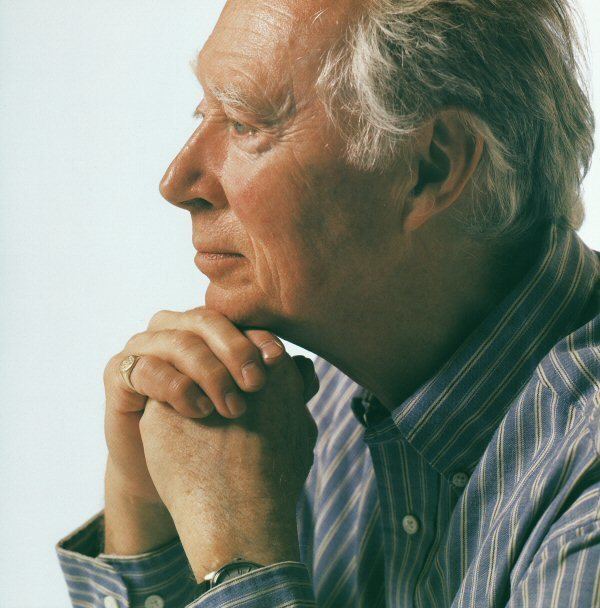 | ||
Known for installation art, filmmaker, painter Awards Officer, Order of Canada1981Companion, Order of Canada1997Chevalier d'ordre des Arts et des Lettres, France1995Governor General's Award in Visual and Media Arts2000Honorary Doctorate, Universite de Paris I Pantheon-Sorbonne2004 Artwork Flightstop, Walking Women, Red, Orange and Green Albums The Last LP: Unique Last Recordings of the Music of Ancient Cultures Movies Wavelength, La Region centrale, *Corpus Callosum, So Is This, Back and Forth Similar People Joyce Wieland, Hollis Frampton, Roswell Rudd, Amy Taubin, Eberhard Zeidler | ||
Solar breath 2002 michael snow
Michael Snow, (born December 10, 1929) is a Canadian artist working in painting, sculpture, video, films, photography, holography, drawing, books and music. His best-known films are Wavelength (1967) and La Région Centrale (1971), with the former regarded as a milestone in avant-garde cinema.
Contents
- Solar breath 2002 michael snow
- Michael snow so is this manifesta 7 fortezza franzensfeste
- Life
- Films
- Music
- Other media
- Retrospectives and honours
- Honorary degrees
- Academic appointments
- Other awards
- Major installations
- Filmography
- References
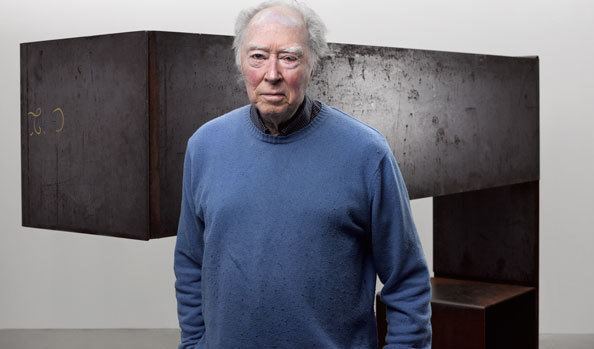
Michael snow so is this manifesta 7 fortezza franzensfeste
Life
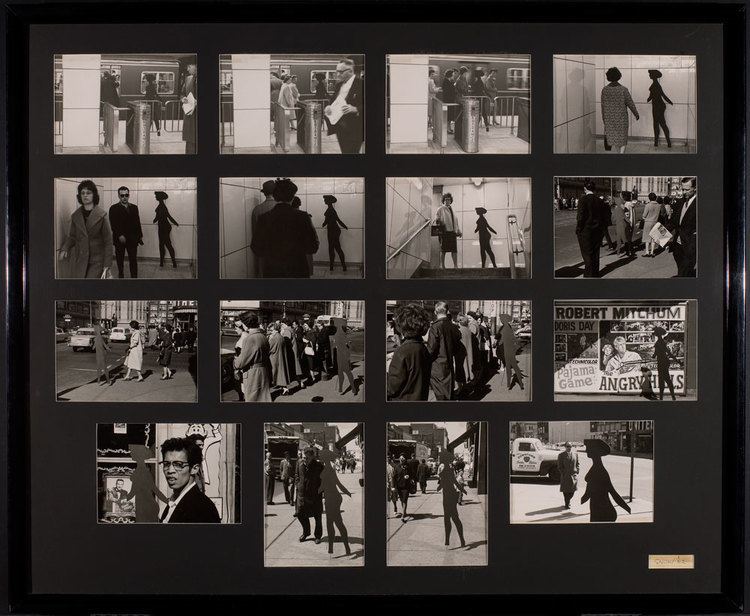
Michael Snow was born in Toronto and studied at Upper Canada College and the Ontario College of Art. He had his first solo exhibition in 1957. In the early 1960s Snow moved to New York with his first wife, artist Joyce Wieland, where they remained for nearly a decade. For Snow this move resulted in a proliferation of creative ideas and connections and his work increasingly gained recognition. He returned to Canada in the early 1970s "an established figure, multiply defined as a visual artist, a filmmaker, and a musician.”
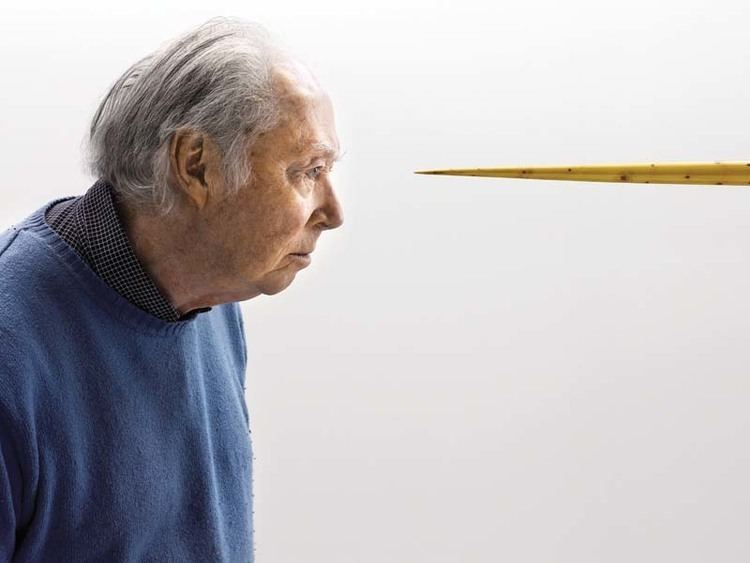
His work has appeared at exhibitions across Europe, North America and South America. Snows' works were included in the shows marking the reopening of both the Centre Pompidou in Paris in 2000 and the MoMA in New York in 2005. In March 2006, his works were included in the Whitney Biennial.
Films
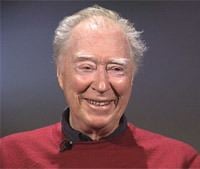
Snow is considered one of the most influential experimental filmmakers and is the subject of retrospectives in many countries. In his 2002 Village Voice review of *Corpus Callosum, J. Hoberman writes, “Rigorously predicated on irreducible cinematic facts, Snow's structuralist epics—Wavelength and La Région Centrale—announced the imminent passing of the film era. Rich with new possibilities, *Corpus Callosum heralds the advent of the next. Whatever it is, it cannot be too highly praised.” *Corpus Calossum was screened at the Toronto, Berlin, Rotterdam, and the Los Angeles film festivals amongst others. In January 2003, Snow won the Los Angeles Film Critics Association, Douglas Edwards Independent Experimental Film/Video Award for *Corpus Callosum. His numerous films have premiered in major film festivals all over the world. Five of his films have premiered at the Toronto International Film Festival (TIFF). In 2000, TIFF commissioned Snow with Atom Egoyan and David Cronenberg to make short films, Preludes, for the 25th Anniversary of the festival. Wavelength has been designated and preserved as a "masterwork" by the Audio-Visual Preservation Trust of Canada and was named #85 in the 2001 Village Voice critics' list of the 100 Best Films of the 20th Century .
Music
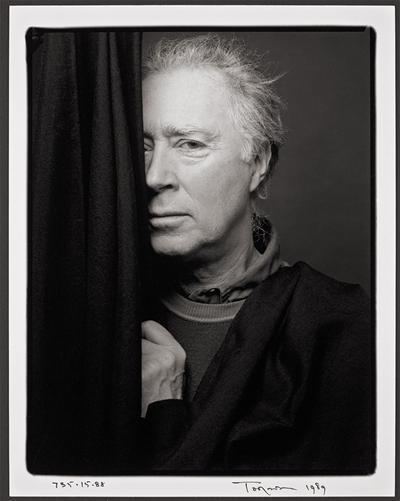
Originally a professional jazz musician, Snow has a long-standing interest in improvised music, as indicated by the soundtrack to his film New York Eye and Ear Control. As a pianist, he has performed solo and with other musicians in North America, Europe and Japan. Snow performs regularly in Canada and internationally, often with the improvisational music ensemble CCMC and has released more than a half dozen albums since the mid-1970s. In 1987, Snow issued The Last LP (Art Metropole), which purported to be a documentary recording of the dying gasps of ethnic musical cultures from around the globe including Tibet, Syria, India, China, Brazil, Finland and elsewhere, with more thousands of words of pseudo-scholarly supplementary notes, but was, in fact, a series of multi-tracked recordings of Snow himself, who gave the joke away only in a single column of text in the disc's gatefold jacket, printed backwards and readable in a mirror. One track, purported to be a document of a coming-of-age ritual from Niger, is a pastiche of Whitney Houston's song "How Will I Know."
Snow was one of the four performers of the rarely performed Steve Reich piece Pendulum Music on May 27, 1969 at the Whitney Museum of American Art. The other three were: Richard Serra, James Tenney and Bruce Nauman.
Other media
Before Snow moved to New York in 1961, he began a long-term project that for six years would be his trademark: the Walking Woman. Martha Langford in Michael Snow: Life & Work describes this work as employing a single form that offered an infinite number of creative possibilities, the figure itself perceived variably as “a positive (a presence to be looked at) and a negative (an absence to be looked through).”
Langford identifies duality as a guiding principle in Snow’s work. By combining materials and methods Snow creates hybrid objects that often defy classification. A work which exemplifies Snow's testing of stylistic boundaries is his 1979 installation Flight Stop, which looks like a sculptural representation of sixty geese, but is in fact an intricate combination of fibreglass forms and photographs of a single goose.
Snow's works have been in Canadian pavilion at world fairs since his famous Walking Women sculpture was exhibited at Expo 67 in Montréal. His recent bookwork BIOGRAPHIE of the Walking Woman / de la femme qui marche 1961-1967 (2004) was published in Brussels by La Lettre vole. It consists of images of the public appearances of his globally famous icon.
Anarchive2: Digital Snow describes Michael Snow as “one of the most significant artists in contemporary art and cinema of the past 50 years.” This 2002 DVD was initiated by Paris’ Centre Pompidou and was produced with the support of la foundation Daniel Langlois, Université de Paris, Heritage Canada, the Canada Council, Téléfilm Canada and Montreal’s Époxy. It is an encyclopedia of Snow's works across media, browsed in a manner inimitably and artfully created by Snow. Its 4,685 entries include film clips, sculpture, photographs, audio and musical clips, and interviews.
Retrospectives and honours
In 1993, The Michael Snow Project, lasting several months, was a multivenue retrospective of Snow’s works in Toronto exhibited at several public venues and at the Art Gallery of Ontario and The Power Plant. Concurrently his works were the subjects of four books published by Alfred A. Knopf Canada.
In 1981, he was made an Officer of the Order of Canada and was promoted to Companion in 2007 "for his contributions to international visual arts as one of Canada’s greatest multidisciplinary contemporary artists". He received the first Governor General’s Award in Visual and Media Arts (2000) for cinema.
In 2004, the Université de Paris I, Panthéon-Sorbonne awarded him an honorary doctorate. The last artist so awarded was Pablo Picasso. In 2006, Lima's Museum of Art (MALI) held a selective retrospective exhibition as well as a screening of his films in Peru, as part of the Vide/Art/Electronic Festival.
Honorary degrees
Université de Paris I, Panthéon-Sorbonne (2004), Emily Carr Institute, Vancouver (2004) Nova Scotia College of Art and Design, Halifax (1990), University of Toronto (1999), University of Victoria (1997), Brock University (1975).
